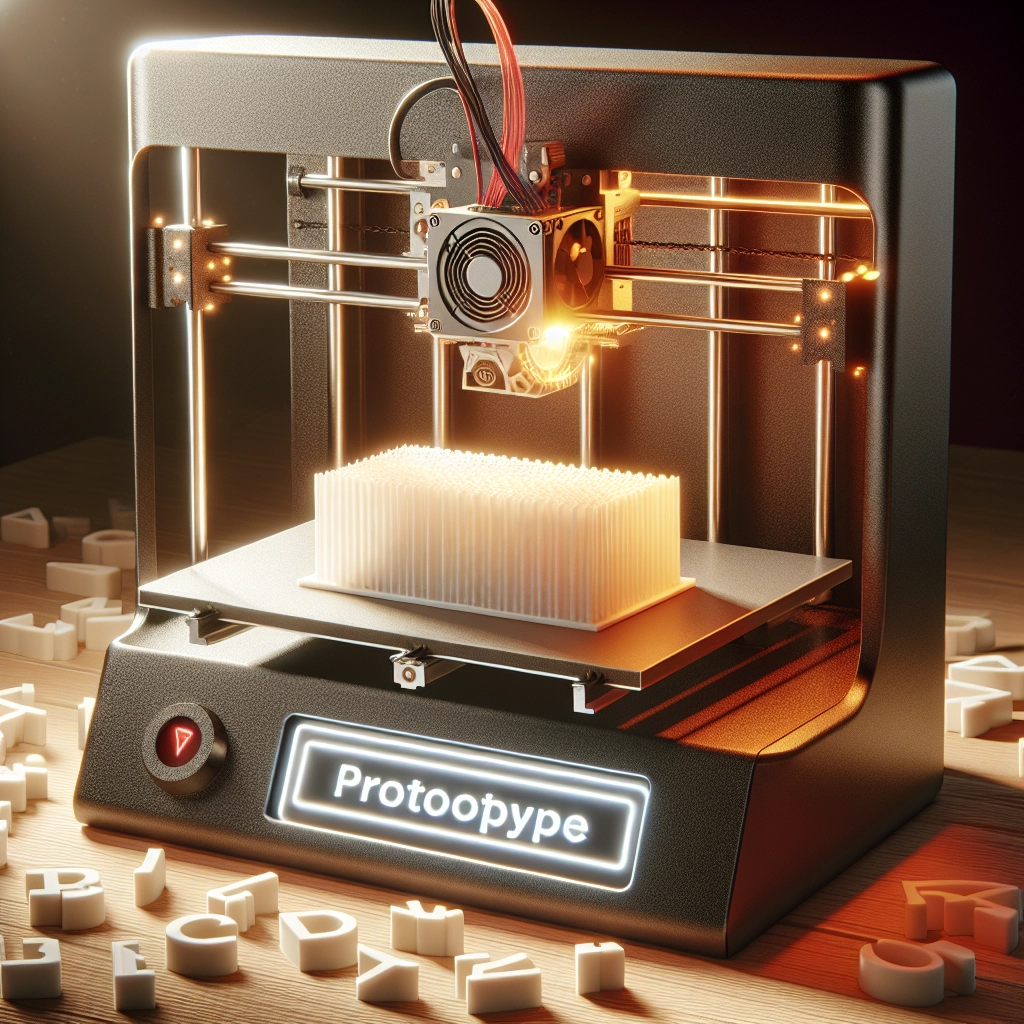Creating Functional Prototypes with 3D Printers
In today’s fast-paced world of design and innovation, 3D printing has become something of a magician’s tool. With a few clicks on a computer and a trusty 3D printer, designers can turn their wild ideas into functional prototypes in a fraction of the time it would take using traditional methods. But how does this process work, and why is it so incredibly valuable for creators across various industries? Let’s dive in!
The Magic of 3D Printing
At its core, 3D printing, or additive manufacturing, involves layering materials to build a three-dimensional object. This technology started out in the realm of fancy toys and prototypes but has quickly evolved into a powerhouse for industries such as aerospace, automotive, healthcare, and consumer goods. With capabilities that allow you to create intricate designs with minimal waste, 3D printing is not just about making pretty objects—it’s about bringing ideas to life.
The Prototyping Process
Creating a functional prototype with a 3D printer typically involves several key steps. First off, you need to brainstorm and sketch your idea. This is the fun part where your imagination can run wild. Whether you’re developing a new piece of equipment or a unique gadget, jot down all your thoughts, features, and functionalities.
Once you have your concept solidified, the next step is translating that idea into a digital model. Software like CAD (Computer-Aided Design) programs can help you create a 3D representation of your design. Popular tools include SolidWorks, Autodesk Fusion 360, and SketchUp. Don’t worry if you’re not a design whiz; there are plenty of tutorials online to help you get started, and many tools come with templates to ease the learning curve.
After your design is ready, it’s time to prepare the file for printing. This usually involves exporting your CAD model into a compatible format (often .STL or .OBJ) and using slicing software to convert it into a format that your 3D printer can understand. Slicing software breaks down the model into hundreds or thousands of layers, telling the printer exactly how to build your creation layer by layer.
Choosing the Right Materials
Selecting the correct material for your prototype is crucial. Different 3D printing technologies and materials can yield varying results. For instance:
-
PLA (Polylactic Acid): This bioplastic is a favorite for beginners due to its ease of use and relatively low cost. It’s a good choice for aesthetic models and functional parts that don’t require high strength.
-
ABS (Acrylonitrile Butadiene Styrene): Known for its toughness and impact resistance, ABS is great for functional prototypes, especially in automotive designs.
-
PETG (Polyethylene Terephthalate Glycol): This material is a middle ground between PLA and ABS, offering a balance of ease of printing and strength, suitable for practical applications.
-
Nylon: If you’re looking for something with a bit more flexibility and durability, nylon is your go-to. It’s perfect for parts that need to withstand stress and strain.
The material you choose can significantly influence the usability of your prototype, so it’s worth your time to research and consider what will best suit your needs.
The Printing Phase
With your design ready and materials chosen, it’s finally printing time! This phase involves setting up your printer, checking the build platform, loading the material, and, voila, hitting that print button. Depending on the size and complexity of your prototype, printing can take anywhere from a few hours to several days.
Patience is critical during printing, as any hiccups can throw a wrench in your plans. It’s a good idea to supervise the process to catch any issues early on, such as misprints or material jams.
Post-Processing and Testing
After the printer has completed its magic, you’re left with your very own prototype. But wait! It’s not quite finished yet. Many prototypes benefit from post-processing, such as sanding, painting, or assembling multiple parts together. This can enhance both appearance and functionality.
Once it’s ready, it’s time for the most exciting part: testing! Functional prototypes are meant to be tried, twisted, and turned to assess their performance. This phase is critical for identifying any design flaws or areas for improvement before moving on to final production.
In the world of innovation, 3D printing has opened up a new frontier for creators and designers. It allows us to embody our ideas quickly and efficiently, paving the way for limitless possibilities. Whether you’re an engineer, artist, or hobbyist, embracing this technology can help bring your visions to life—and that’s truly the heart of creativity. So roll up your sleeves, fire up your 3D printer, and let your imagination soar!

